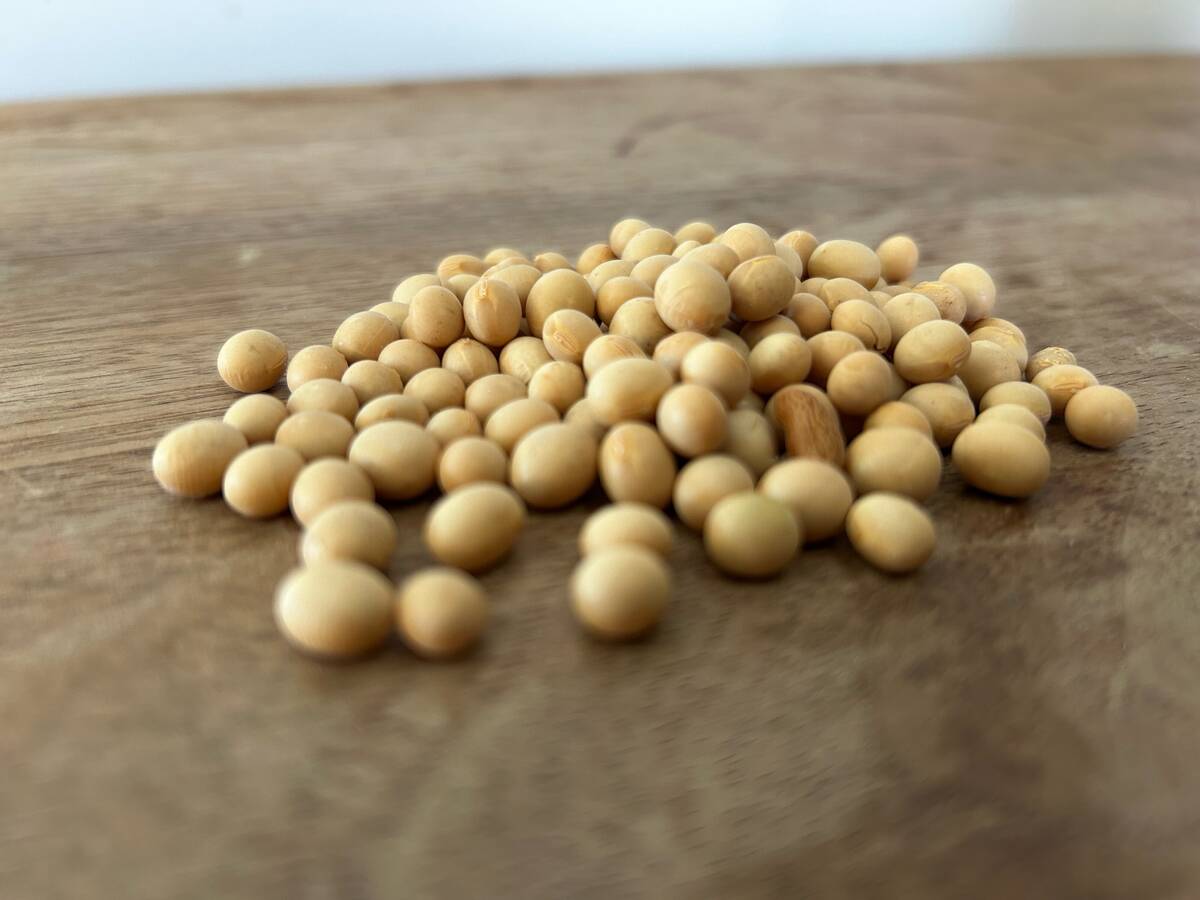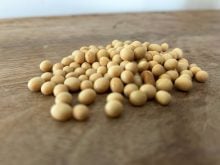SOUTHWEST
Welcomed precipitation varied from 10 to 30 millimetres.
Spring wheat, oat and barley crops are quickly maturing and within two weeks of swathing or preharvest glyphosate application.
Some areas have begun winter wheat harvest.
Quality and yields are reported poor. Fusarium damaged kernel levels range from five to 20 percent and test weight is low. Ergot levels are higher compared to previous years.
Most canola is much shorter than normal, and straight cutting has renewed interest.
Soybean maturity is more than a month away but advancing quickly with the warm temperatures.
Read Also

U.S. grains: soybeans firm ahead of USDA data
Chicago soybeans ticked up slightly on Wednesday as traders adjusted positions ahead of the release of official U.S. data on global supply and demand on Friday, the first update in weeks, but prices were capped by a lack of large Chinese purchases.
Peas have been desiccated and are expected to be harvested within the week.
Flax continues to look like it will have excellent yield potential.
Corn and sunflowers are still behind normal development.
Haying continues on native grass. Many acres remain wet and inaccessible. On the other hand, second cut hay continues, but many stands have poor regrowth due to hot, dry conditions. Green feed could also use more moisture.
Average yields are being reported from the silage barley harvest.
NORTHWEST
Good growing conditions prevailed with less than 13 mm of precipitation. Most of the wheat crop is in the dough stage while most canola and soybeans have podded. Field peas have fully podded.
Harvest of winter cereals and early seeded barley has started.
Good haying weather produced results. Native hay is being harvested in low spots that have dried up, but other areas remain affected by excess spring moisture
Pastures that have been continuously grazed are in average to poor condition, and rain is needed.
CENTRAL
Sunscald is evident in many fields as hot, humid conditions continue to advance crops. Most areas received trace amounts of precipitation while a few pockets received 25-50 mm.
Topsoil moisture conditions are rated poor. Moisture stress is evident in corn, soybean and edible bean fields. Crop fill is a concern in later maturing crops.
Winter wheat harvest is wrapping up in some areas while others are about half complete. Yields are 40-90 bu. per acre and quality is down in many fields. Samples of fusarium damaged kernels range from .5 to 20 percent.
Most of the barley crop has been harvested. Although respectable, yields are consistently lower than last year.
Good yield and quality are reported for spring wheat, which has just begun harvest. Preharvest applications continue as does swathing.
Oats are quickly turning, which could mean lower bushel weights and yields.
Some swathing of canola has started and a few fields harvested.
Soybeans are podding, while edible beans have fully podded and filled. Corn varies and pollen shed is complete in most fields. Most sunflowers have flowered.
Harvest of second cut hay continues, along with green feed and cereal silage. Second cut yields are one to two bales per acre. A third cut of hay is doubtful in many areas because of a lack of moisture.
EASTERN
Precipitation ranged from trace amounts to 12 mm in combination with warm and sunny conditions.
Topsoil moisture conditions are rated as adequate.
Winter wheat is yielding 55 to 80 bu. per acre. Fusarium damaged kernels are downgrading grain quality.
Spring cereals are quickly maturing.
Corn and soybeans will require additional moisture to maintain their yield potential, but sunflowers are rapidly growing.
Most of the hay crop has been harvested. Pastures are looking good and there’s excellent availability of water for livestock.
INTERLAKE
Harvest of winter wheat and forage grasses was delayed a few days after scattered showers and high humidity.
Most winter wheat has been combined with reports of below average yields showing one to five percent fusarium damaged kernels.
Spring cereals are rapidly maturing and producers are applying pre-harvest glyphosate.
Canola swathing is just beginning.
Soybeans continue to pod and fill.
Timothy harvest yields are above average.
Second cutting of hay is underway.
Continuously grazed pastures are losing their productivity as a result of dryness and grasshoppers.














